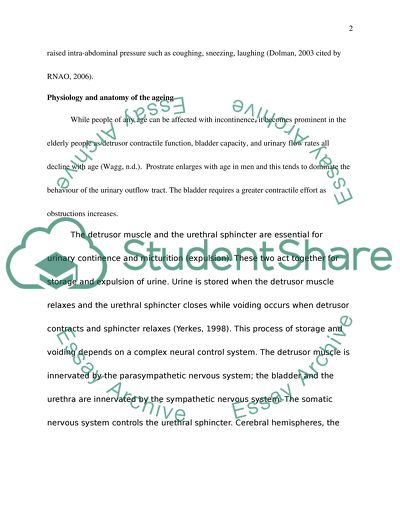Cite this document
(The Role Nurses Can Play in Assessment and Rehabilitation Coursework, n.d.)
The Role Nurses Can Play in Assessment and Rehabilitation Coursework. Retrieved from https://studentshare.org/nursing/1537344-critically-discuss-the-role-of-the-nurse-in-the-promotion-continence-i-older-people
The Role Nurses Can Play in Assessment and Rehabilitation Coursework. Retrieved from https://studentshare.org/nursing/1537344-critically-discuss-the-role-of-the-nurse-in-the-promotion-continence-i-older-people
(The Role Nurses Can Play in Assessment and Rehabilitation Coursework)
The Role Nurses Can Play in Assessment and Rehabilitation Coursework. https://studentshare.org/nursing/1537344-critically-discuss-the-role-of-the-nurse-in-the-promotion-continence-i-older-people.
The Role Nurses Can Play in Assessment and Rehabilitation Coursework. https://studentshare.org/nursing/1537344-critically-discuss-the-role-of-the-nurse-in-the-promotion-continence-i-older-people.
“The Role Nurses Can Play in Assessment and Rehabilitation Coursework”. https://studentshare.org/nursing/1537344-critically-discuss-the-role-of-the-nurse-in-the-promotion-continence-i-older-people.


